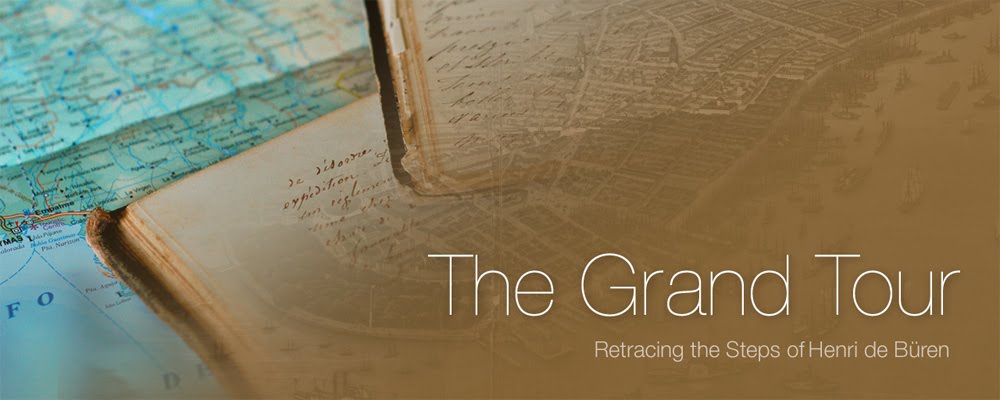
Last evening I was contacted by a Eduardo Salazar of Lima, Peru who has a great blog (inmigracionsigloxix.blogspot.com) on 19th century immigration to Peru and more specifically emigration from Germany and a . He was intrigued by Henri's story and the documentation of his 1853 journey. He was able to provide me some information that provides insight into what happened to the people Henri travelled with on his expedition across Peru.
This first quote from Tamed frontiers: economy, society, and civil rights in upper Amazon by Fernando Santos-Granero gives some context.
"The government attempted to integrate the Amazon with the rest of the country through European colonization and the development of modern agriculture. Laws passed in 1845 and 1853 allocated funds for the engagement, transportation, and establishment of European immigrants in Loreto and other areas. Under the law of 1853 two groups of European settlers were brought to Loreto to establish agricultural colonies near Nauta and Caballococha."
The leader of the German immigration to Peru and the expedition was Baron Damian de Schütz. He was born in 1825, and had traveled for six years through Texas and California before he arrived at the port of Callao in 1852. He must of been quite a salesman because he brokered an agreement with the Peruvian government to bring 10,000 Germans to Peru over the coming years. The first wave of immigrants was the group he led to Caballococha. When arriving at their destination, de Schütz left his fellow Europeans and headed towards Brazil and a steamer back to Germany.
It must be said that Henri left as well to continue his voyage through Brazil. I wonder how Henri felt leaving a group on men, women and children along the Amazon with no infrastructure of any kind. His heart must of been heavy for them.
So what became of the group at Caballococha? It appears that none stayed. Some may have died from jungle diseases, most others left, sailing on to Brazil because of lack of opportunity.
Again from Tamed frontiers
"By 1854, however, most had abandoned the region because of isolation, bad sanitary conditions, and lack of economic opportunities."
The account from the Governor of Loreto to the Peruvian Secretary of State in 1855 is a bit more pointed. I paraphrase below from the original Spanish.
"The first colony sent by the previous government was composed of immoral and corrupt men, mistreating people and defying the authorities along the entire route from Trujillo. Once in Caballococha they committed all manner of excesses and would eventual leave for Brazil in various waves. Of the 96 total colonists only a handful remain at Caballococha, a Russian and his wife and a Frenchman and his family. The Frenchman is a constant irritant to the local authorities and to the indigenous population.
The only thing that left here are bitter memories. All we have done is give additional manpower to the Empire of Brazil. The last government, was undoubtedly deceived, because they surely would not have made this investment otherwise."

Hello Jean.
ReplyDeleteAbout the remaining settler in Caballococha, I've found three references, in which them this number varies from two to four.
Carlos Larrabure (1905).- "A russian Augusto Crolk and his wife, and a french Luis Floré with a family of six."
Bol Soc Geog Lima (1920).- "Three germans named Samuel Kleifus, Augusto Kroll and Karl Koerner, and a french citizen José Floret"
Leyendas y tradiciones de Loreto (1918).- "José Floret, french citizen who lived at this port and Iquitos, and had left family at this city; and the Germans Karl Koerner and Samuel Klefus, the first settled down in Iquitos and the last in Moyobamba, where he died in 1870"
Muchos saludos!